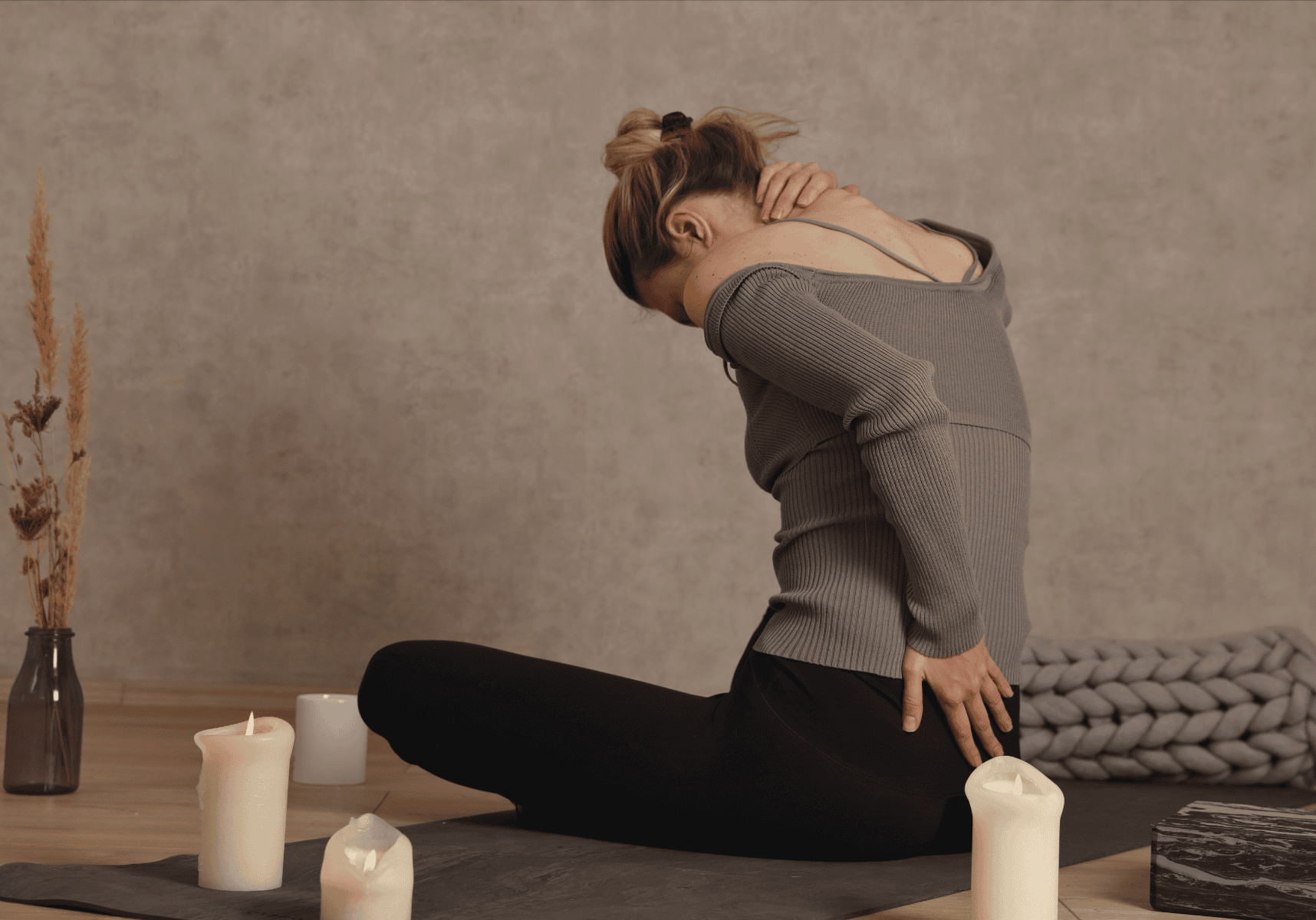
Yoga and Mindfulness
A Calm Approach to Pain Management - By Beth Rush
Reading time: 3 minutes
Western minds are growing more open toward alternative therapies, especially for problems that traditional medicine can’t seem to fix. How effective are meditation and yoga for pain relief? Certain mindfulness practices and gentle movement help many people feel better. Here’s what you should know.
Is Mindfulness the Same as Meditation?
Mindfulness and meditation are not exactly the same, but you can use both to manage discomfort. Mindfulness refers to the state of being 100% in the present, tuned into your inner and outer worlds. It’s doing so with detachment, not judgment, and observing, not acting — although you may find it guides you in the right direction.
Meditation is a deep dive into your inner world. You might:
- Tune into a specific stimulus, as in a focused candle meditation.
- Silently observe your thoughts.
- Cultivate a desired emotional state, such as loving-kindness.
- Visualize a desired outcome, like an athlete picturing themselves making the game-winning shot.
You can perform mindfulness meditation, use grounding techniques to become more mindful in daily life, or both to bring about relief from physical and emotional discomfort.
A body scan is an example of mindfulness and meditation combined. During this practice, you gently draw your attention to various body parts. Simply bringing your awareness to areas like your jaw reminds you to relax them, unclenching muscles that can result in upper back, neck and head discomfort.
Meditation for Pain Relief
Multiple randomly controlled studies attest to the effectiveness of meditation for pain relief. Scientists don’t fully understand the mechanism, probably because several factors contribute. Three of the most frequently given explanations are:
- Neurotransmitter changes: Meditation alters levels of several neurotransmitters associated with mood. However, every system in your body affects every other, and varying neurotransmitter levels also affect your hormones and the signals your brain sends to your body.
- Regulating the inflammatory response: Studies have shown meditation lowers levels of several inflammatory chemicals in your body that drive chronic discomfort.
- Stress relief: Stress can manifest in pain — like a clenched jaw driving headaches or even spasms in your back or belly. Meditation also lowers cortisol levels, a stress hormone associated with physical discomfort.
Yoga for Pain Relief
Many studies also back up the effectiveness of yoga for pain relief, but finding the right guide and style for your needs is crucial. You must ensure the poses won’t make things worse. Work with your instructor on modifications or substitute postures for moves that simply aren’t compatible with your unique and beautiful body.
For example, folks with chronic lower back issues who walk into an Ashtanga Primary Series class unprepared could leave feeling much worse. This fast-paced, athletic flow puts considerable strain on your five lumbar vertebrae thanks to multiple forward folds and dropbacks. Those prone to herniated discs may find that doing so puts more pressure on their nerves, leading to numbness, tingling or white-hot agony.
What forms of yoga are best for easing discomfort? Yin and restorative are the slowest-paced, although you can still hurt yourself by pushing. Instead, passively fall into each pose with no straining, feeling a gentle stretch, not a sharp pinch. Such practices should feel like a loving self-massage.
Hatha and Hatha Vinyasa yoga can also help, although you must exercise discernment when choosing a practice location. Go early and talk to the guide — you can often tell a lot about their methods. Observe a class, if possible, before joining. Your guide should listen to you and respect your limits. For example, some studios use colored chips or small bits of paper to indicate when you don’t want your guide to touch you to make adjustments.
Yoga and Meditation to Enhance Traditional Treatments
Yoga and meditation aren’t replacements for traditional health treatments. However, they can complement such modalities and help fill in the gaps for those who can’t afford conventional health care.
Ideally, you should talk with your doctor about how to incorporate these therapies into your existing treatment plan. However, those who lack access to such care can still find relief by taking a slow, mindful approach and listening to their bodies.
Stay open-minded. Like traditional medicines, the same yoga or meditation techniques don’t work for everyone. For example, some people find sitting in silence intensely uncomfortable, but a guided yoga nidra meditation brings relief. Folks with anxiety might find a faster-paced yoga style like Vinyasa more healing than a slower style, as the intensity lowers stress hormones like adrenaline and cortisol.
The bottom line — choose the yoga and meditation routine that suits you best.
Yoga and Meditation for Pain Management
Science supports the effectiveness of yoga and meditation for pain management. However, much like traditional medicine, the same techniques don’t work for anyone. Take a mindful and playful approach to your journey, trying different versions until you find what works best for you. Use these ancient practices to complement modern medicine or fill in gaps in your care when you need relief.





